The News-Hub/ Articles
Back to Articles
Recommended Articles
Greenwashing: What It Is and How to Identify It
What is Greenwashing?
Greenwashing (also called “green sheen”) occurs when a company or an organisation deliberately and deceitfully sets out to mislead customers into thinking that their brand is environmentally-friendly. Greenwashing is a marketing spin whereby companies lie about the “green” impact that their product is having on the environment to maximise profitability. Some companies even take this a step further and “greenscam”; they give their products (and even sometimes their brands) environmentally-friendly sounding names to gain the support of the public.
Nowadays, it’s certain that you will come across buzzwords such as “sustainable”, “eco-friendly” or “green” when out doing your weekly shop. Many companies will strive to show you how environmentally-friendly they are by using these buzzwords to market their products. They will additionally go to great lengths to produce advertisements and campaigns which intend to resonate with eco-conscious buyers. Although some are genuine, the sad truth is that many companies are willingly spending more money on convincing you that they’re green than actually being green.
The incentive to why a company would greenwash or greenscam is clear: among millennials, approximately 73% would choose to spend more on a product if it had been made sustainably. Despite seeming a relatively contemporary issue, greenwashing is by no means a new practice. The term was coined in 1986 by the American environmentalist Jay Westervelt when he noticed signs in a hotel asking guests to reuse their towels in order to “save the environment”.
Upon further investigation, Westervelt saw that the hotel was not actually taking any action to be sustainable. Thus, he concluded that the hotel’s real intention was to save money by cutting water costs. The hotel tried to disguise this by encouraging guests to partake in eco-friendly behaviour when they had no interest in saving the environment whatsoever. Even today, many hostels and hotels around the world are using the same technique. The use of greenwashing has increased over the last decade thanks to rising consumer demand for environmentally-friendly goods and services.

What Are Some Modern Examples of Greenwashing?
In early 2020, the airline Ryanair was accused of greenwashing because they used data from 2011 in an advert to claim that they were “Europe’s lowest emission airline”. The UK Advertising Standards Agency (ASA), which regulates adverts across the media, deemed the advert to be misleading, and Ryanair was ordered to stop using the advert.
But greenwashing doesn’t just happen in the airline industry. Greenwashing frequently occurs in the food industry too. For example, despite using recyclable packaging, banning plastic cutlery and switching plastic straws for paper ones, McDonald's is a huge enabler of factory farming, which pollutes the environment from methane emissions. Although small changes do make a big difference, McDonald’s still has a long way to go before it can claim to be a sustainable company.
Another well-documented example of greenwashing took place at the UN Climate Conference in 2009. Several well-known brands took advantage of this event to present themselves in an environmentally conscious manner. For example, BMW sent hydrogen-powered cars to the conference. Yet, after the conference, the deployment of these cars was stopped. The cars were just for show.
In 2015, the German car manufacturer Volkswagen fitted their cars with software deliberately designed to give false readings in emission tests. They then ran an advert campaign stating that their cars were clean and low in air pollution. The scandal was uncovered by the Environmental Protection Agency (EPA) and dubbed the “diesel dupe” by the media. Although Volkswagen negated responsibility, the CEO resigned five days after the scandal was made public. Over 11 million cars fitted with the software were sold worldwide. It is sickening to imagine how many good-willed customers made their choice based on Volkswagen’s lies.
BMW did not learn from this lesson. In 2017, BMW had a Facebook advert for its i3 electric car banned. BMW claimed that the car would produce “zero emissions” and that customers would be “giv[ing] back” to the environment by purchasing the car. The advert was deemed to be legally misleading and BMW was forced to redo the advert.

Photo by Ashkan Forouzani on Unsplash
Is Greenwashing Ethical?
No, not at all. Greenwashing is highly unethical. When greenwashing is successful, environmentally-conscious customers ironically end up harming the environment due to their financial support of an unsustainable organisation. Customers are downright lied to and taken advantage of.
Greenwashing is a social problem. As well as taking advantage of consumers, it can also prevent well-meaning and honest companies from genuinely promoting their sustainable practices through fear of being accused of greenwashing. Furthermore, greenwashing can generate confusion and scepticism towards products that promote green credentials, including those which really are environmentally-friendly. Greenwashing can lead to many customers losing trust in genuine companies, while other consumers end up being discouraged and stop making an effort to go green altogether.
How Do You Know if a Company is Greenwashing?
As we have seen, just because a product has been labelled as “green”, it doesn’t mean that it actually is. Fortunately, there are many ways to find out whether a company is greenwashing. First, you can always do some of your own online research. For example, check out Ecolabel Index, a website which tracks almost 500 ecolabels across 200 countries. If a company is listed on this website, you can be sure that the company is genuine.
You can also search on a company’s website for tell-tale signs of greenwashing. When researching brands online, look out for over the top environmental graphics and scientific jargon. These are real giveaways. Additionally, look out for numbers, not words! We now know that words can be misleading. Take the time to research data, such as the percentage of products made with sustainable materials, or what quantifiable goals the organisation has made public.
Also, find out about the company’s goals and values. If they aren’t clear, or very little information is given, then it is likely that the company is greenwashing. A company should be fully transparent in its marketing and impact on sustainability — if it’s not, it’s time to shop elsewhere!
Empty content. Please select category to preview

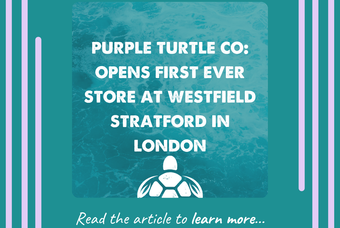

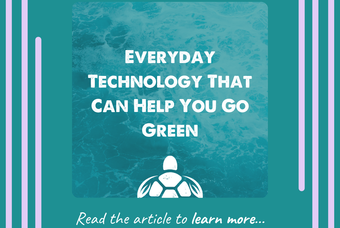
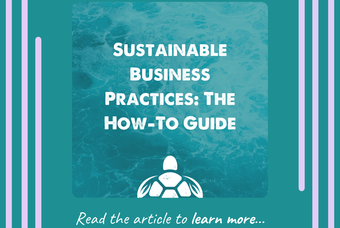
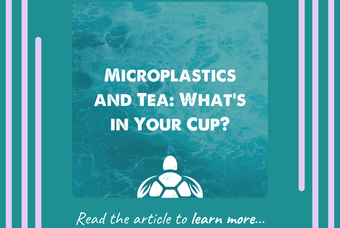
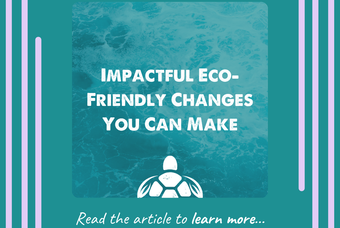
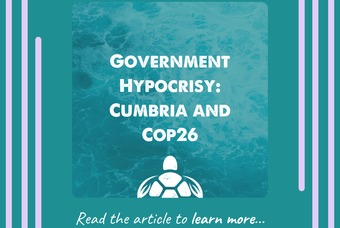
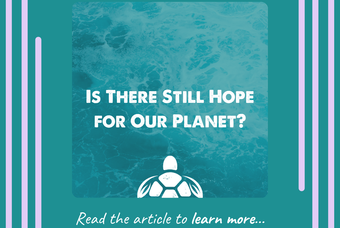
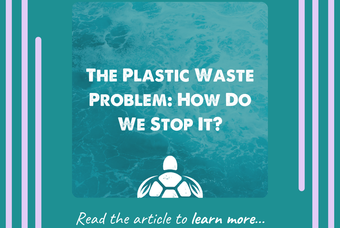
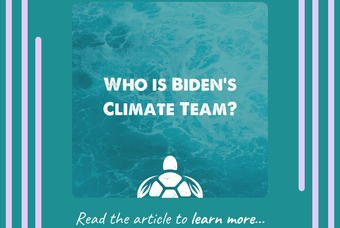
0 comments. Write a comment